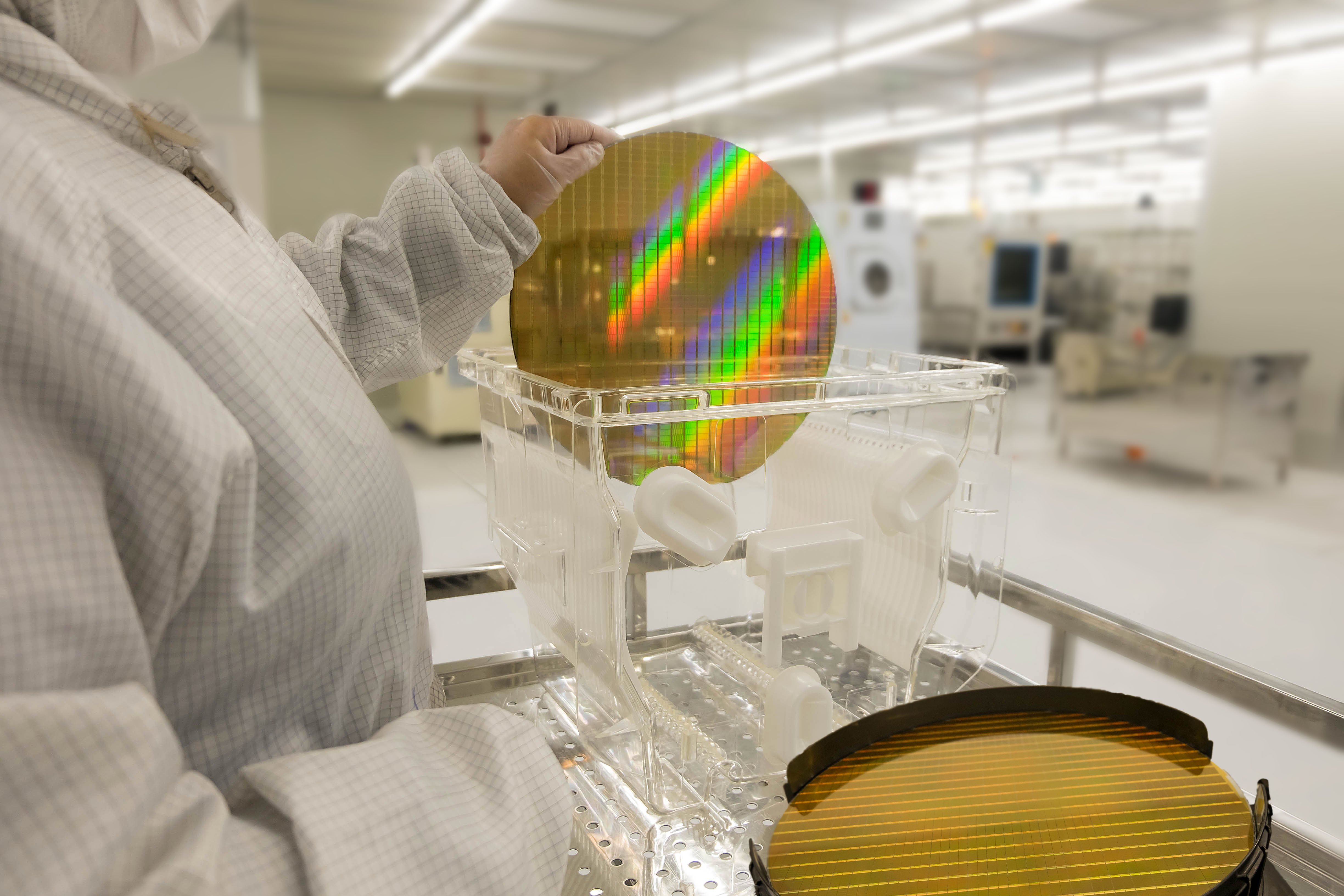Over the last few weeks, we’ve been reporting on the wide variety of new cryptocurrency miners entering the digital asset economy. Some of these newly created miners are bringing faster processing power and more optimized chips, while others have even built mining rigs that tether to a water-cooling system. Now another new SHA-256 mining rig called the ‘Whatsminer M10’ is joining the competition and the manufacturer claims it will boast speeds of up to 33 trillion hashes per second (TH/s).
Also Read: Bitmain Offers Wi-Fi Routers Mining Cryptocurrencies
Pangolin Miner Begins Selling the 33 Terahash Whatsminer M10
Last January a mining manufacturing company called Pangolin Miner released a SHA256 mining rig called the Whatsminer M3 that processed a maximum hashrate of 12TH/s for a power consumption of 2000W. This summer the company has announced the launch of a new miner called the Whatsminer M10, and according to the specifications, it will compete with GMO Group’s B3 mining rig. Pangolin’s specs for the M10 show the new rig will have a hashrate of around 30-33.5 TH/s and pulls about 2150W from the wall. At the moment Pangolin is selling its first batch for September 20 delivery, and the second batch for November 20.

The M10 Still Uses the Older Generation 16nm Fabrication Process
What is interesting about the M10 is that it doesn’t use 10nm or 7nm chips for its ASIC mining rigs, as the Whatsminer M10 still uses 16nm architecture. The company’s prior model the M3 was the similar as it processed speeds of up to 12TH/s but with 28nm chips. Pangolin has also published a video of the M10 in action, but the machine only processed at 30TH/s. The creators detail the test is “not the final version of the machine.” The video also details the rig has 315 16nm Finfet chips and the M10’s power consumption pulled 2042W off the wall during filming.
“The M10 features a new all in one structure that further enhances computing power and it is also easy to disassemble, which reduce maintenance costs,” says Pangolin. “After sixty minutes of working the background shows a hashrate stabilize at 30TH/s — The Whatsminer M10 has a lot of room for improvement.”
Mining Manufacturers Using 10nm and 7nm Chips Sell Out Quick
The M10 will compete with GMO Group’s B3 (33TH/s), Canaan’s Avalonminer A9 (30TH/s), GMO Group’s B2 (24TH/s) and Innosilicon’s T2 Turbo (24TH/s). Moreover, GMO Group and Canaan Creative use 7nm architecture, while the Innosilicon T2 Turbos use 10nm chips. Now while many of these new machines are super powerful, most of these miners are difficult to acquire. For example, the SHA-256 miners manufactured by Ebang and Halong Miners have been sold out for a long time.

GMO Group’s B2 is also sold out, and customers can only purchase the B3 model right now. In contrast to the lack of accessibility, the Bitmain developed Antminer S9j is only 14.5TH/s, and the machines are always available for purchase. Bitmain also revealed the Antminer Hydro this week that boasts speeds of up to 18 trillion hashes per second (TH/s), but uses a water-cooled system to reduce noise and increase operation life. Like most Bitmain hardware the Hydro is also accessible today, and the rig is available for September delivery today.
16nm ASIC Mining Rigs Are Not Going Away in 2018
Furthermore, manufacturers making SHA-256 mining rigs that bolster 7nm technology may have some difficulties acquiring these semiconductors from the foundries. On August 27 reports detailed that Globalfoundries is shifting its manufacturing strategy and has decided to stop its 7LP (7nm) fabrication processes. Essentially, this means that mining rig manufacturers will have to deal with only one manufacturer TSMC, who was the first foundry to complete 7nm architecture. Samsung has been working on the 10LP (10nm) fabrication process and doesn’t expect to complete the 7nm fabrication until 2019.

With only one firm creating 7nm chips it’s likely demand will exceed availability and most giant mining facilities will still be using 16nm machines for quite some time. If the Whatsminer M10 performs at 30-33.5TH/s then older generation chips will still be competitive against machines produced with 10nm and 7nm technology. Moreover, if the M10 produces what the specs claim, then one can assume that newer rigs made with 10nm and 7nm technology could outperform GMO’s latest B3 as well.
[youtube https://www.youtube.com/watch?v=9mSMVUtZ0Q8?feature=oembed&w=696&h=392]
What do you think about the Whatsminer M10 and its 16nm technology processing 30TH/s? Let us know what you think about this subject in the comment section below.
Disclaimer: Bitcoin.com does not endorse Pangolin Miners products/services. This article is provided for general informational purposes only. Readers should do their own due diligence before taking any actions related to the mentioned company or any of its affiliates or services. Bitcoin.com is not responsible, directly or indirectly, for any damage or loss caused or alleged to be caused by or in connection with the use of or reliance on any content, goods or services mentioned in this article.
Images via Shutterstock, Pangolin Miner, and Pixabay.
At Bitcoin.com there’s a bunch of free helpful services. For instance, have you seen our Tools page? You can even look up the exchange rate for a transaction in the past. Or calculate the value of your current holdings. Or create a paper wallet. And much more.
The post Pangolin Miner Claims 16nm ASIC Miner Will Compete With 7nm Machines appeared first on Bitcoin News.














